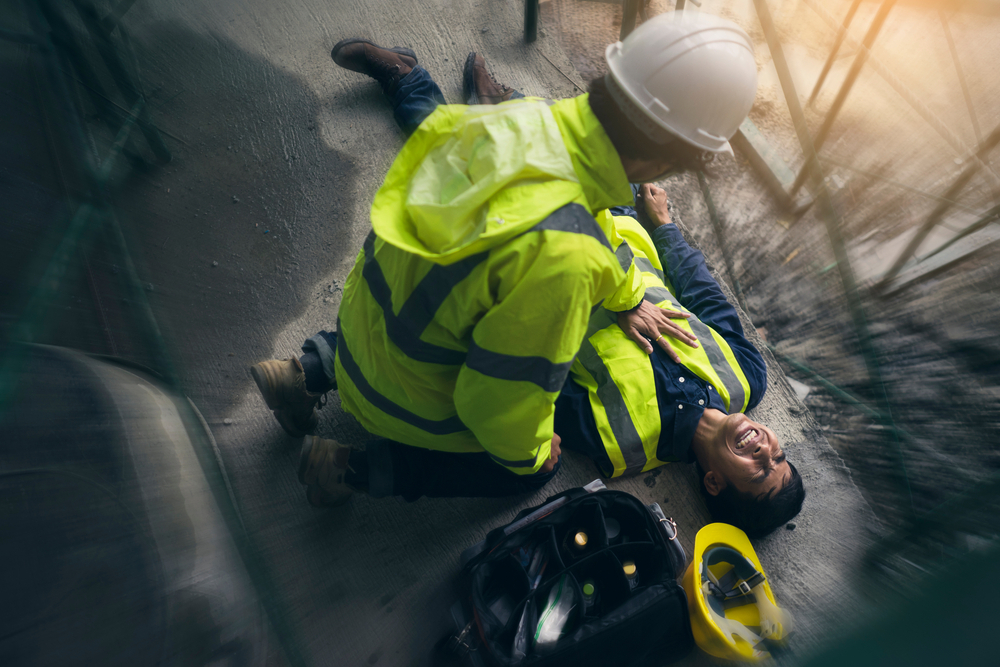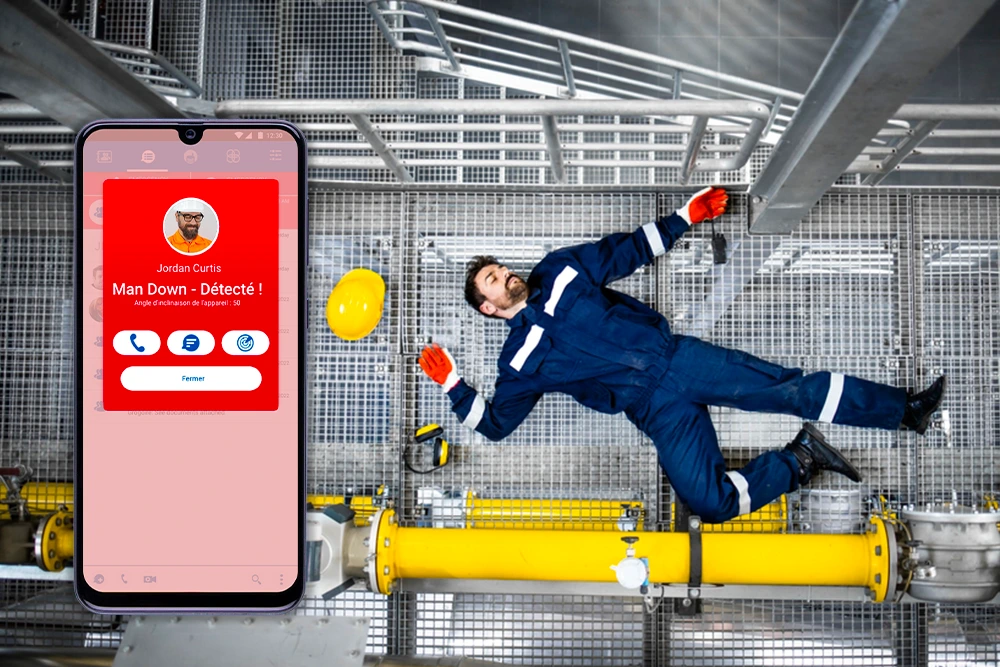FAQ | Strengthen safety with the lone worker protection system
Q1: What is a Lone Worker Protection System?
A isolated worker protection system is a set of tools and protocols designed to ensure the safety of employees working alone or in isolated areas. It enables workers to send immediate alerts during emergencies, allowing for prompt assistance.
Q2: How does the Man-Down Alert feature work?
The Man-Down Alert feature automatically detects when a device tilts beyond a predefined angle, indicating a potential fall or incapacitation. Upon detection, it sends an alert to designated recipients, enabling swift intervention.
Q3: Can the Emergency Alert System be customized?
Yes, administrators can predefine custom emergency messages and designate specific recipients within the organization to receive alerts, ensuring a tailored response to various emergency scenarios.
Q4: Is TOTR's Lone Worker Protection System compliant with safety regulations?
Absolutely. Implementing TOTR’s LWP system assists organizations in adhering to national and international safety regulations, such as OSHA standards in the U.S. and the EU’s Directive 89/391/EEC.
Q5: How can I integrate TOTR's LWP system into my organization?
To integrate TOTR’s isolated worker protection system into your operations, contact our team today for a comprehensive consultation and implementation plan tailored to your organization’s needs.



